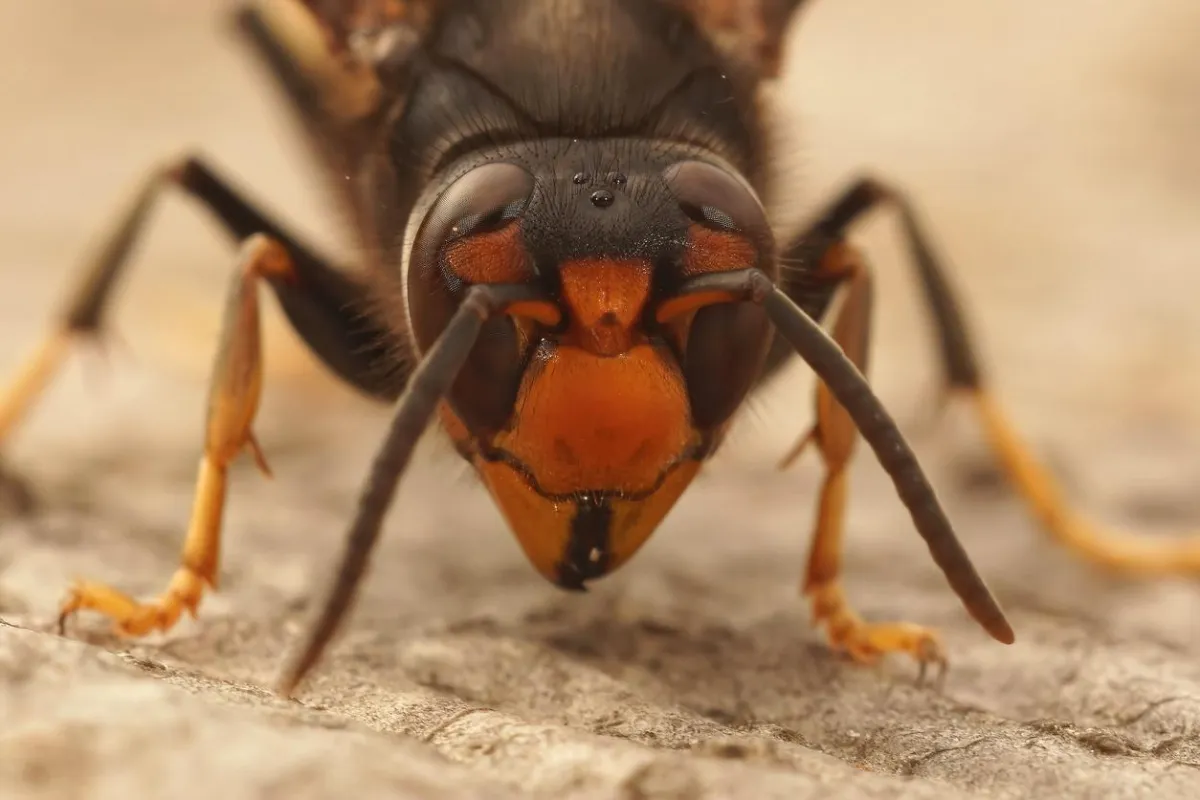
The Role of Predatory Insects: Natural Allies in Biological Pest Control
In the complex ecosystem of pest management, predatory insects emerge as powerful allies in the quest for sustainable and effective control measures. Unlike chemical pesticides that can have detrimental effects on the environment and non-target organisms, biological pest control harnesses nature’s own mechanisms to maintain balance and reduce pest populations naturally.
Understanding Biological Pest Control
Biological pest control relies on the principle of using living organisms to control pest populations. Predatory insects, often referred to as natural enemies, play a crucial role in this method. These insects naturally prey upon pest species, helping to keep their populations in check without the need for synthetic chemicals.
Types of Predatory Insects
Predatory insects encompass a diverse array of species, each specialized in targeting specific pests. Ladybugs (ladybirds), for example, are renowned for consuming aphids, mealybugs, and other soft-bodied pests that can devastate crops. Similarly, lacewings and hoverflies are voracious predators of aphids, caterpillars, and mites, offering targeted pest control in agricultural and urban settings.
1. Ladybugs: Known for their bright, spotted appearance, ladybugs are a gardener’s friend. These beetles consume large numbers of aphids, which are notorious for damaging plants by sucking sap and transmitting plant diseases.
2. Lacewings: These delicate green insects are effective predators, particularly in their larval stage, when they voraciously consume aphids, caterpillars, and other small pests.
3. Hoverflies: Resembling small bees, hoverflies not only pollinate plants but their larvae also feed on aphids and other pests, making them dual-purpose allies in pest management.
Advantages of Predatory Insects in Pest Control
1. Targeted Pest Control: Predatory insects have co-evolved with their prey, developing specialized adaptations to efficiently hunt and consume pest species. This natural targeting ensures that pest populations are reduced without affecting non-target organisms.
2. Reduced Chemical Dependency: By deploying natural enemies, farmers and gardeners can reduce their reliance on chemical pesticides, thereby minimizing environmental pollution and protecting beneficial organisms like pollinators. This is especially crucial as pesticide resistance becomes more common among pest species.
3. Sustainable Agriculture: Biological pest control aligns with sustainable agricultural practices by fostering natural pest suppression and preserving ecosystem health. It encourages biodiversity and helps maintain the balance of natural ecosystems.
Implementing Biological Pest Control
Successful implementation of biological pest control requires careful consideration of ecological factors and pest dynamics. Farmers and pest management professionals can introduce predatory insects into agricultural landscapes through various methods:
1. Conservation Biological Control: Enhancing habitats that support natural enemies, such as planting native flowering plants to attract pollinators and predatory insects. Providing a diverse environment can sustain a population of natural enemies, ensuring long-term pest control.
2. Augmentation: Releasing commercially reared predatory insects at critical times to coincide with pest outbreaks. This method can provide immediate relief from pest problems and is particularly useful in large-scale agricultural operations.
3. Integration with Integrated Pest Management (IPM): Combining biological control with other pest management strategies in an IPM approach ensures comprehensive and effective pest suppression. IPM strategies might include crop rotation, use of pest-resistant plant varieties, and careful monitoring of pest populations.
Challenges and Considerations
While biological pest control offers numerous benefits, it is not without challenges:
1. Effectiveness: The efficacy of natural enemies can vary depending on environmental conditions and pest species. For instance, temperature, humidity, and the presence of alternative prey can all influence how well predatory insects control pests.
2. Logistics of Implementation: Proper timing and distribution of predatory insects are crucial for achieving desired pest control outcomes. This requires detailed knowledge of pest life cycles and the specific requirements of the predatory insects.
3. Public Awareness: Educating stakeholders about the benefits and applications of biological control is essential for widespread adoption. Farmers, gardeners, and policymakers need to understand how biological control works and how to implement it effectively.
Conclusion
Predatory insects represent a sustainable and environmentally friendly solution to pest management challenges. By harnessing the natural predatory behaviors of insects, we can reduce reliance on chemical pesticides, promote biodiversity, and foster resilient agricultural systems. Moving forward, continued research and innovation in biological pest control will play a pivotal role in shaping the future of sustainable agriculture. The integration of predatory insects into pest management strategies is not just an alternative but a necessary evolution towards more ecologically responsible farming practices. As we deepen our understanding and refine our methods, the potential for biological pest control to transform agriculture becomes increasingly clear, promising a future where our food systems are safer, healthier, and more sustainable.